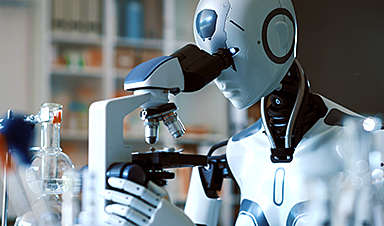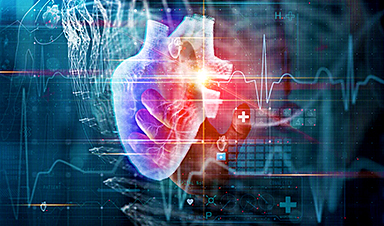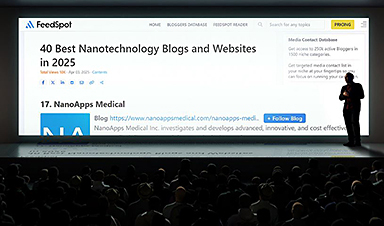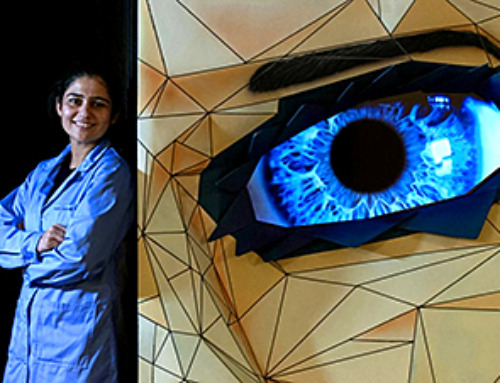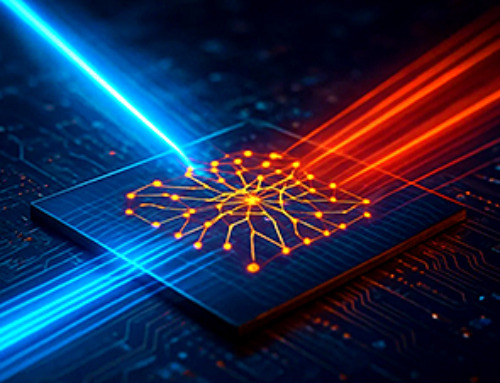A 2000-year-old practice by Chinese herbalists – examining the human tongue for signs of disease – is now being embraced by computer scientists using machine learning and artificial intelligence.
Tongue diagnostic systems are fast gaining traction due to an increase in remote health monitoring worldwide, and a study by Iraqi and Australian researchers provides more evidence of the increasing accuracy of this technology to detect disease.
Engineers from Middle Technical University (MTU) in Baghdad and the University of South Australia (UniSA) used a USB web camera and computer to capture tongue images from 50 patients with diabetes, renal failure, and anemia, comparing colors with a database of 9000 tongue images.
Achievements in Disease Diagnosis through Tongue Imaging
Using image processing techniques, they correctly diagnosed the diseases in 94 percent of cases, compared to laboratory results. A voicemail specifying the tongue color and disease was also sent via a text message to the patient or nominated health provider.
MTU and UniSA Adjunct Associate Professor Ali Al-Naji and his colleagues have reviewed the worldwide advances in computer-aided disease diagnosis, based on tongue color, in a new paper in AIP Conference Proceedings.
Technological Innovations and Future Potential
“Thousands of years ago, Chinese medicine pioneered the practice of examining the tongue to detect illness,” Assoc Prof Al-Naji says.
“Conventional medicine has long endorsed this method, demonstrating that the color, shape, and thickness of the tongue can reveal signs of diabetes, liver issues, circulatory and digestive problems, as well as blood and heart diseases.
“Taking this a step further, new methods for diagnosing disease from the tongue’s appearance are now being done remotely using artificial intelligence and a camera – even a smartphone.
“Computerised tongue analysis is highly accurate and could help diagnose diseases remotely in a safe, effective, easy, painless, and cost-effective way. This is especially relevant in the wake of a global pandemic like COVID, where access to health centers can be compromised.”
Diabetes patients typically have a yellow tongue, cancer patients a purple tongue with a thick greasy coating, and acute stroke patients present with a red tongue that is often crooked.
A 2022 study in Ukraine analyzing tongue images of 135 COVID patients via a smartphone showed that 64% of patients with a mild infection had a pale pink tongue, 62% of patients with a moderate infection had a red tongue, and 99% of patients with a severe COVID infection had a dark red tongue.
Previous studies using tongue diagnostic systems have accurately diagnosed appendicitis, diabetes, and thyroid disease.
“It is possible to diagnose with 80% accuracy more than 10 diseases that cause a visible change in tongue color. In our study, we achieved a 94% accuracy with three diseases, so the potential is there to fine-tune this research even further,” Assoc Prof Al-Naji says.
Reference: “Computer-aided diseases diagnosis system based on tongue color analysis: A review” by Abdulghafor Khudhaer Abdullah, Saleem Lateef Mohammed and Ali Al-Naji, 8 September 2023, AIP Conference Proceedings.
DOI: 10.1063/5.0154231
News
This Tiny Cellular Gate Could Be the Key to Curing Cancer – And Regrowing Hair
After more than five decades of mystery, scientists have finally unveiled the detailed structure and function of a long-theorized molecular machine in our mitochondria — the mitochondrial pyruvate carrier. This microscopic gatekeeper controls how [...]
Unlocking Vision’s Secrets: Researchers Reveal 3D Structure of Key Eye Protein
Researchers have uncovered the 3D structure of RBP3, a key protein in vision, revealing how it transports retinoids and fatty acids and how its dysfunction may lead to retinal diseases. Proteins play a critical [...]
5 Key Facts About Nanoplastics and How They Affect the Human Body
Nanoplastics are typically defined as plastic particles smaller than 1000 nanometers. These particles are increasingly being detected in human tissues: they can bypass biological barriers, accumulate in organs, and may influence health in ways [...]
Measles Is Back: Doctors Warn of Dangerous Surge Across the U.S.
Parents are encouraged to contact their pediatrician if their child has been exposed to measles or is showing symptoms. Pediatric infectious disease experts are emphasizing the critical importance of measles vaccination, as the highly [...]
AI at the Speed of Light: How Silicon Photonics Are Reinventing Hardware
A cutting-edge AI acceleration platform powered by light rather than electricity could revolutionize how AI is trained and deployed. Using photonic integrated circuits made from advanced III-V semiconductors, researchers have developed a system that vastly [...]
A Grain of Brain, 523 Million Synapses, Most Complicated Neuroscience Experiment Ever Attempted
A team of over 150 scientists has achieved what once seemed impossible: a complete wiring and activity map of a tiny section of a mammalian brain. This feat, part of the MICrONS Project, rivals [...]
The Secret “Radar” Bacteria Use To Outsmart Their Enemies
A chemical radar allows bacteria to sense and eliminate predators. Investigating how microorganisms communicate deepens our understanding of the complex ecological interactions that shape our environment is an area of key focus for the [...]
Psychologists explore ethical issues associated with human-AI relationships
It's becoming increasingly commonplace for people to develop intimate, long-term relationships with artificial intelligence (AI) technologies. At their extreme, people have "married" their AI companions in non-legally binding ceremonies, and at least two people [...]
When You Lose Weight, Where Does It Actually Go?
Most health professionals lack a clear understanding of how body fat is lost, often subscribing to misconceptions like fat converting to energy or muscle. The truth is, fat is actually broken down into carbon [...]
How Everyday Plastics Quietly Turn Into DNA-Damaging Nanoparticles
The same unique structure that makes plastic so versatile also makes it susceptible to breaking down into harmful micro- and nanoscale particles. The world is saturated with trillions of microscopic and nanoscopic plastic particles, some smaller [...]
AI Outperforms Physicians in Real-World Urgent Care Decisions, Study Finds
The study, conducted at the virtual urgent care clinic Cedars-Sinai Connect in LA, compared recommendations given in about 500 visits of adult patients with relatively common symptoms – respiratory, urinary, eye, vaginal and dental. [...]
Challenging the Big Bang: A Multi-Singularity Origin for the Universe
In a study published in the journal Classical and Quantum Gravity, Dr. Richard Lieu, a physics professor at The University of Alabama in Huntsville (UAH), which is a part of The University of Alabama System, suggests that [...]
New drug restores vision by regenerating retinal nerves
Vision is one of the most crucial human senses, yet over 300 million people worldwide are at risk of vision loss due to various retinal diseases. While recent advancements in retinal disease treatments have [...]
Shingles vaccine cuts dementia risk by 20%, new study shows
A shingles shot may do more than prevent rash — it could help shield the aging brain from dementia, according to a landmark study using real-world data from the UK. A routine vaccine could [...]
AI Predicts Sudden Cardiac Arrest Days Before It Strikes
AI can now predict deadly heart arrhythmias up to two weeks in advance, potentially transforming cardiac care. Artificial intelligence could play a key role in preventing many cases of sudden cardiac death, according to [...]
NanoApps Medical is a Top 20 Feedspot Nanotech Blog
There is an ocean of Nanotechnology news published every day. Feedspot saves us a lot of time and we recommend it. We have been using it since 2018. Feedspot is a freemium online RSS [...]
